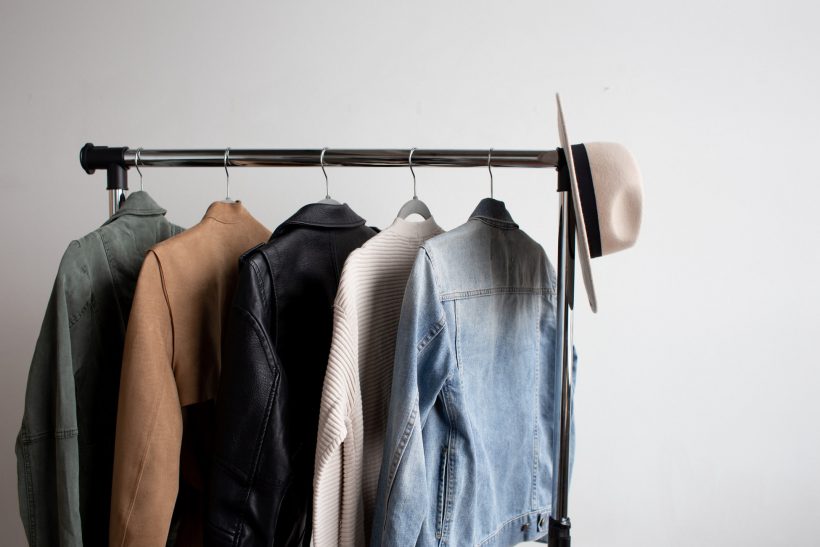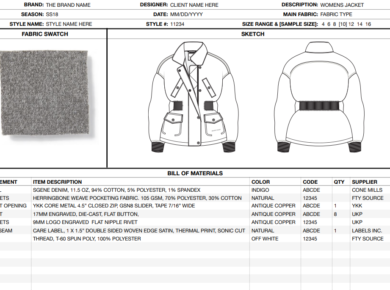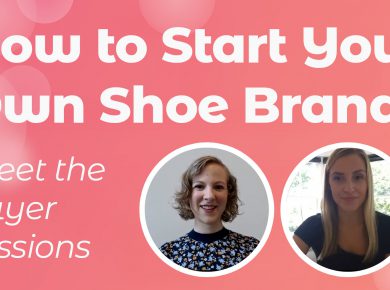As a sourcing platform that attracts a lot of first time buyers (don’t get us wrong. We really encourage new buyers to use our platform), we often see projects posted where there is some really important information missing.
This can result in quotes that are very inaccurate, or no quotes at all. This is something we really want to avoid.
Not only is this frustrating for buyers, but it is especially frustrating for suppliers.
One of our core values, is that both buyers and suppliers get the best possible sourcing experience on Sourcing Playground. Just as buyer wants the most accurate quotes, suppliers need the most accurate information in order to prepare an accurate quote. Therefore, a good portion of the responsibility for accurate quotes, lies in the information the buyer makes available.

This responsibility means buyers need to provide as much information as possible.
We’ll be honest. This requires a bit of research on the buyer’s side. However, the reward of more accurate and detailed quotes will save buyers not only money, but also a lot of time. And as the old saying goes, “time is money”!
Buyers will also avoid the frustration of dealing with the wrong suppliers, as the better the information provided, the easier it is to see if a supplier can meet a buyer’s criteria.
If a buyer can immediately see a supplier cannot meet their criteria, they do not have to waste time dealing with this supplier. If the buyer’s information is vague and inaccurate, this will not be the case. This will become clearer late, so read on.
As our biggest category is apparel and textiles, let’s start here (Keep in mind, that what we will discuss below, applies to essentially any product).
What do suppliers want in a project?
We see a lot of projects posted that simply state something like, “Looking to start a clothing business. Need best price for 100 t shirts and 50 hoodies.
That’s it! No other information. This is not what suppliers want. (it’s like going to buy a car and telling the dealer “I want a car”, call me when you’ve got it in. Bye!)
The bad news here is fewfold.
- Suppliers cannot give even a generalized quote. They have no idea of the fabric required, the weight of the fabric, if there are any prints or other embellishments, etc.
- Suppliers will not take the project seriously. This is especially true for the better suppliers. This will result in quotes from suppliers which will quote on anything. These suppliers do not put any time or effort into their quotes. Essentially, they cut and paste their information and send to as many buyers as possible and hope for the best. These are not the suppliers you want. You want suppliers that are really focused on your project!
- As a buyer there is a big chance of getting ripped off as you have provided no real frame of reference (more on this later). Unfortunately, there are plenty of dishonest people out there, who can see that a buyer is inexperienced, and will take advantage of this. Believe us. We have seen it many times.
- Lastly, there is a saying that is very relevant here. “Bad information in, bad information out”. Okay! That’s not really how it goes, but we want to keep things professional.
So, the question becomes simple.
As a buyer, how do you improve your project to attract good suppliers?

Or as we put it;
how do you give suppliers what they want in a project?
Fortunately, the answer is relatively easy. All it requires is a bit of time to do some research.
- Fabric
Many new buyers, and even a few seasoned ones are not really that informed when it comes to fabrics. However, as fabrics can make up to 70% (or more!) of a garments cost, some basic knowledge is crucial.
Suppliers also need to know what fabric you want to use, so this should definitely be mentioned in your project description. This is even more important when you take into account the 70% of cost mentioned previously.
The first question is simple. Is your fabric going to knitted or woven? For a basic explanation of the differences between knitted and woven fabrics, check this out.
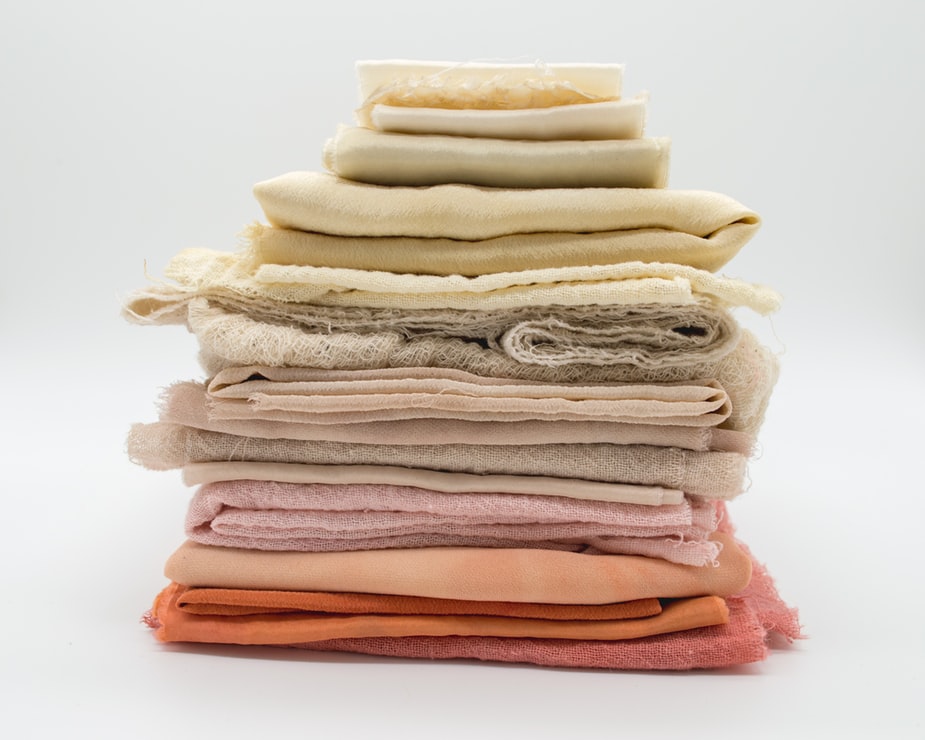
The next question is which garments are best suited for woven fabric, and what are best suited for knitted.
Generally speaking, woven fabric is best for shirts, jackets, more “formal” pants and outerwear.
Knitted fabric is best used for T shirts, hoodies, activewear, underwear, sweatshirts and tops. More casual types of garments.
For slightly more detail on knitted fabrics and its uses, click here! For woven fabrics, click here!
Although these links are directed at people sewing garments themselves, the basic explanations are a great start.
- INCOTERMS
The INCOTERM (Do you know about these? If not keep reading) you choose also has an important influence on your projects cost, so suppliers need to know this upfront.
The INCOTERM chosen should be included when you describe your project, so take some time researching these.
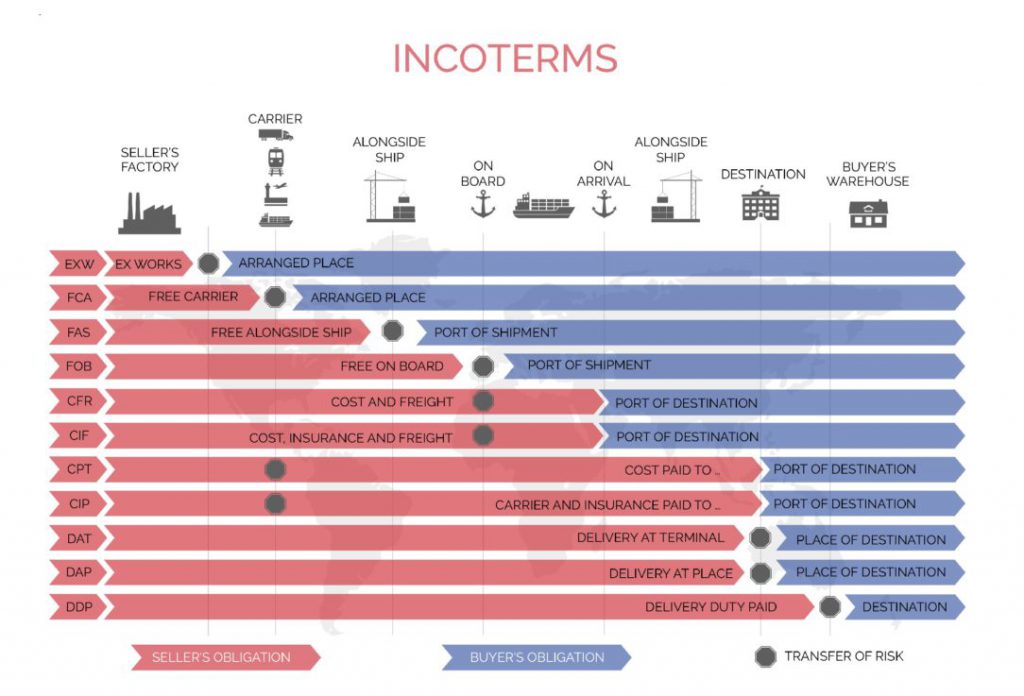
Basically, these terms tell you which party is responsible for any further costs after the goods are produced.
There are usually three basic costs here. Shipping, insurance, and duties. For an explanation of INCOTERMS, here is a link.
Again, when you post a project it is important to mention the INCOTERM you plan to use.
Probably the two most common are Ex Works and FOB.
- Payment terms
Luckily, we have previously done a blog on payment terms.
Click here for more information about the most common ones, as well as the advantages and disadvantages of each!
Mention your preferred payment term in your project description as well. Suppliers need this information, as not all suppliers accept all payment terms.
- Description
When you describe your project, you need to be careful. You need to strike a balance between too much and too little information.
Remember, most suppliers are not English first language speakers, so this can be a confusing area. As a buyer you need to give it some thought into what you write.
Often, we see buyers simply describe their project in one sentence. For example, “Looking for high quality menswear suppliers”.
This type of description does not contain nearly enough information.
What men’s items are you looking to produce? T shirts, jeans, jackets, shoes?
You get the point. No supplier could quote on this and they will not view the buyer as a serious one.
On the other hand, we sometimes see buyers who go into far too much detail. They post irrelevant information in the description.
Their vision, personal information, etc. This type of information belongs in your buyer profile.
Don’t take this the wrong way, but a 500-word description is not useful.
Most suppliers will not read such a long description, and it will more than likely be confusing.
Keep your description to the point. For example, “We are looking for high quality suppliers of men’s knitted t shirts, men’s zip through knitted hoodies, and men’s woven pants”.
A “to the point description” assists suppliers as well as shows a level of professionalism and knowledge on the buyer’s part.
- Picture
Pictures of the product/products you are looking for are CRITICAL!

We see many projects posted without any pictures. This is a big no! We all know a picture says a thousand words!
As we have mentioned, the majority of suppliers are not English first language speakers, so a picture is often crucial in them understanding a buyer’s needs.
A picture also “anchors” your discussion with the supplier as you are both talking about the same thing, and are not making assumptions.
The picture does not even have to be exactly the same as the product you are looking for, but still creates a starting point for further discussions.
Experienced suppliers tend to be very visually orientated.
They can look at a photo of a product and give an approximate price. They cannot do this with a description only.
If you have a proper technical package and specifications, it is obviously better to upload this. But, as stated before, images are CRITICAL!
- Be sure
Another important thing to consider before posting a project, is being sure of the product you are looking for, and being committed to doing business.
On occasion we come across buyers who post projects, and then want to change who simply want to see if an idea is viable. Essentially, posting a project before doing their homework.
Do your homework first. It is not the supplier’s job to do this for you.
Put yourself in the supplier’s shoes for a minute. They spend time and money preparing a quote for you, and are serious about business, so it is only fair buyers are, too.
- Acknowledge suppliers
As mentioned most suppliers put time and effort into quotes. The least a buyer can do is acknowledge the suppliers that have quoted.
We have made this extremely easy for buyers with our message shortcuts.
If the price is too high, there is a quick reply for this. If the type of supplier is not suitable , there is a shortcut for this as well. These are only a few of our shortcuts.
It shows respect and professionalism to respond every supplier who quotes, so please try your best to do this. Suppliers really appreciate this.
- Target Prices
Target prices (the cost price you want to pay the manufacturer for a garment) are important information for a supplier, as each has their own cost structure.
If you have a realistic target prices, this should most definitely be included in your project. Suppliers definitely value this information!
However, target prices are often difficult to establish for new buyers, and funnily enough, often for experienced buyers as well.

There are just so many variables that affect target prices, ranging from politics in the country of manufacture to commodity prices.
This is why we have a feature where a buyer can mark target prices as “TBC”.
When you start getting prices back, an average will give you a broad idea of what you should be paying.
However, it is still important to have a basic idea of what your target prices are prior to posting your project, so you do not get any major surprises when quotes come back.
These prices from suppliers can be a shock if you do not have a general idea of what you should be paying, and you might even not be able to afford the project anymore.
So how do you get an idea of target prices? Well, this is not an easy question to answer. Again, there are so many variables. This article will give you an idea!
Basically, working out your target price comes with experience. Our suggestion to new buyers is simple.
Ask some questions on platforms such as Linkedin and Quora. People on these types of platforms are often experts and are usually very willing to help. However, when asking questions, you will need to supply some basic information as well. We suggest;
- A picture of a similar garment (back and front).
- Basic fabric information.
- The number of garments you are going to order.
Also, if you know anyone in the industry, they can also be a great resource. As mentioned before, people are essentially always willing to help. So, don’t be afraid to ask questions.
Well, that’s if. We really hope this article gives buyers insight in what suppliers want and need to provide accurate quotes for projects, with no surprises.
If you have any questions, please feel free to ask us.
Happy Sourcing!
